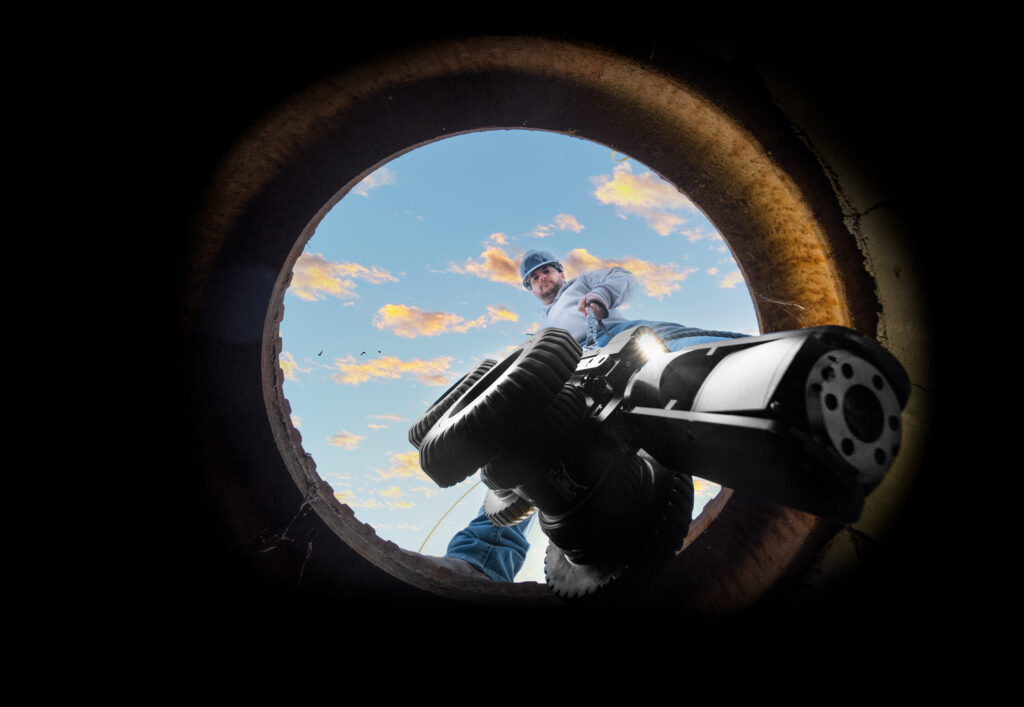
Ressources / Guide / Which Pipe Trekker Crawler Is Right for Your Pipe Inspection? [Model Comparison Guide]
Gudie
Which Pipe Trekker Crawler Is Right for Your Pipe Inspection? [Model Comparison Guide]
Choosing the right crawler for a pipe inspection can be the difference between a smooth project and a costly delay. At MFE, we know that each job has unique requirements—from pipe size to environmental conditions.
This pipe trekker-model-comparison-guide breaks down the key features of our most popular models to help you select the right tool for the job.
Compare Pipe Trekker Crawlers by Size and Capability
Each Pipe Trekker crawler is engineered to handle specific pipe diameters and inspection needs. Here’s a quick look at how the models compare:
| Modèle | Gamme de tailles de tuyaux | Couplage magnétique | Rear Camera | Tether Length | Tether Reel | Zoom |
|---|---|---|---|---|---|---|
| A-150 S | 6" – 24" (150–600mm) | No | No | 650' (200m) | Manual | No |
| A-150 X | 6" – 24" (150–600mm) | No | No | 1,000' (310m) | Alimenté | No |
| A-200 S | 8" – 38" (200–900mm) | Oui | En option | 650' (200m) | Manual | Oui |
| A-200 X | 8" – 38" (200–900mm) | Oui | Oui | 1,000' (310m) | Alimenté | Oui |
| A-200 + Pneumatic | 18"–24" (450–600mm)* | Oui | Depends on config | Varies | Varies | Oui |
*Single or dual-wide pneumatic wheel configuration impacts exact sizing.
Key Considerations When Choosing a Crawler
1. Pipe Diameter and Terrain
The A-150 series is compact and suited for smaller diameter pipes (6″–24″), while the A-200 series handles larger ranges, up to 38″. If your inspection involves wider pipes or uneven terrain, the pneumatic wheel configuration offers added adaptability.
2. Magnetic Coupling and Traction
Only the A-200 series features magnetic coupling, ideal for improved traction in metallic or slippery pipes.
3. Camera and Zoom Features
If image quality and camera control are priorities, the A-200 models provide more flexibility. Rear camera options and zoom functionality make them better suited for detailed inspections and documentation.
4. Tether Length and Reel Type
Manual reels work well for short runs or confined spaces, but powered reels (available in X configurations) offer greater range and ease of use, especially in longer or more complex inspections.
Final Thoughts: Selecting the Right Pipe Trekker Model
Every inspection project is different. This pipe trekker-model-comparison-guide is designed to simplify your selection process by giving you a side-by-side breakdown of your options. Whether you’re handling short-range urban pipelines or large-diameter industrial systems, there’s a Pipe Trekker model that fits your needs.
Still unsure? Contact the MFE team—we’re here to help you find the right solution for your next inspection.
